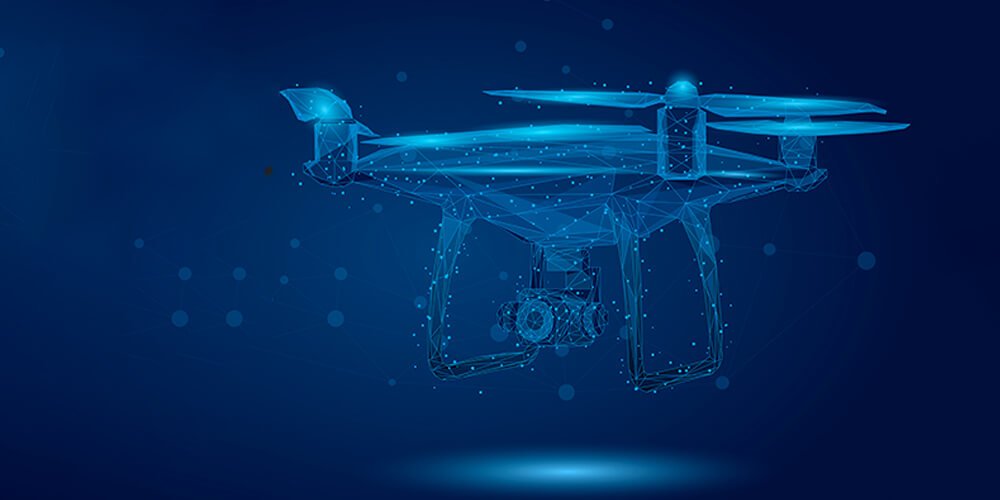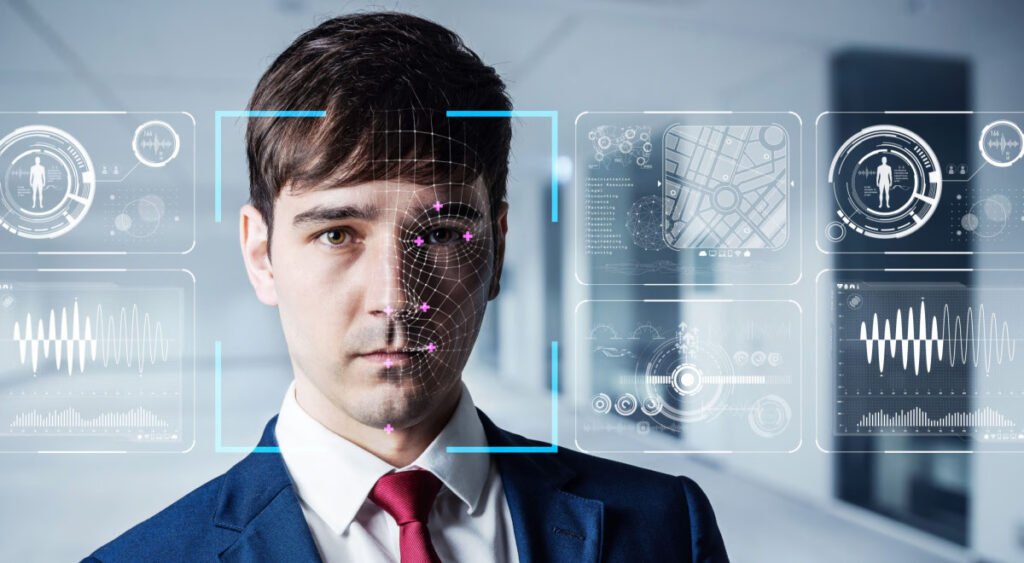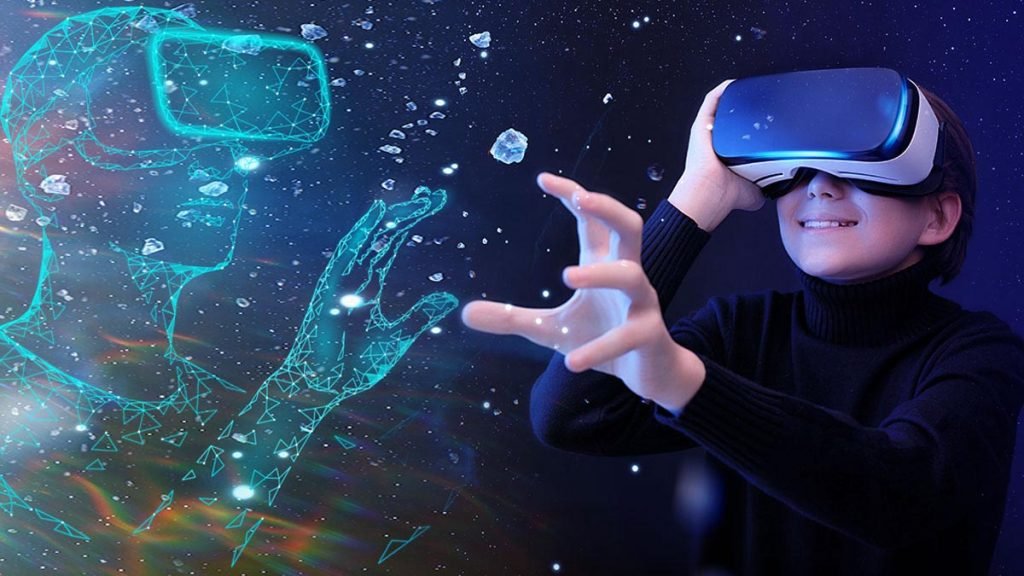Archive for August 2023
AI and Drone Technology: AI’s role in enhancing drone capabilities for various industries.
The rapid evolution of artificial intelligence (AI) is propelling innovation across various sectors, and one of the most exciting applications is in the realm of drone technology. Drones, once limited to hobbyists and military applications, are now becoming indispensable tools across industries, thanks to the integration of AI. In this article, we explore the transformative…
Read MoreAI in Transportation: Innovations in autonomous vehicles and AI for traffic management.
The landscape of transportation is undergoing a seismic shift, driven by advancements in artificial intelligence (AI) technology. From self-driving cars that promise safer and more efficient travel to AI-powered traffic management systems that optimize urban mobility, the intersection of AI and transportation is shaping the way we move and interact with our cities. In this…
Read MoreAI in Environmental Monitoring: AI applications for monitoring air and water quality.
The growing concerns over environmental degradation and its impact on human health have prompted the need for advanced technological solutions. Among these, artificial intelligence (AI) stands out as a powerful tool that has the potential to revolutionize how we monitor and manage air and water quality. By leveraging AI’s capabilities in data analysis, pattern recognition,…
Read MoreAI in Criminal Justice: AI’s impact on crime prevention, offender profiling, and legal analytics.
The field of criminal justice is undergoing a profound transformation with the integration of artificial intelligence (AI) technology. From enhancing crime prevention strategies to providing valuable insights for legal decision-making, AI is reshaping the way we approach criminal justice. In this blog, we’ll explore the multifaceted impact of AI on crime prevention, offender profiling, and…
Read MoreAI for Elderly Care: Enhancing senior care with AI-powered health monitoring and companionship.
As the world’s population ages, the demand for innovative and effective elderly care solutions is on the rise. In this era of rapid technological advancement, artificial intelligence (AI) is emerging as a game-changer in senior care, offering a range of applications that enhance health monitoring, companionship, and overall well-being for older adults. In this blog,…
Read MoreAI and Disaster Prediction: Predicting natural disasters using AI-based models and algorithms.
Natural disasters have the power to disrupt lives and communities in an instant, leaving devastating consequences in their wake. As we strive to mitigate these impacts and protect our world, artificial intelligence (AI) emerges as a game-changing ally in disaster prediction. This blog explores how AI-based models and algorithms are transforming the landscape of disaster…
Read MoreIGN launched an AI chatbot for its game guides
IGN, the popular gaming website, is introducing an AI tool aimed at simplifying troubleshooting and enhancing gameplay experiences. This innovation has the potential to alleviate the need for specific Google searches and extensive searches through online communities like Reddit. Currently available for IGN’s The Legend of Zelda: Tears of the Kingdom guide, the chatbot offers…
Read MoreCriminals Have Created Their Own ChatGPT Clones
In a concerning turn of events, cybercriminals have reportedly developed their own versions of large language models (LLMs), similar to OpenAI’s ChatGPT, to potentially amplify their criminal activities, such as crafting phishing emails or malware. These illicit chatbots have surfaced on dark-web forums and marketplaces since early July, raising questions about their authenticity and purpose.…
Read MoreError-prone facial recognition leads to another wrongful arrest
Amid growing concerns and increased scrutiny, the Detroit Police Department (DPD) faces yet another lawsuit, shedding light on yet another wrongful arrest resulting from a flawed facial recognition match. The latest victim, Porcha Woodruff, an African American woman who was eight months pregnant at the time, has become the sixth individual to step forward and…
Read MoreModified virtual reality tech can measure brain activity
A team of researchers from The University of Texas at Austin has enhanced a commercial virtual reality headset to incorporate brain activity measurement capabilities, enabling the study of human reactions to stimuli like hints and stressors. By integrating a noninvasive electroencephalogram (EEG) sensor into a Meta VR headset, the research team has developed a comfortable…
Read More









